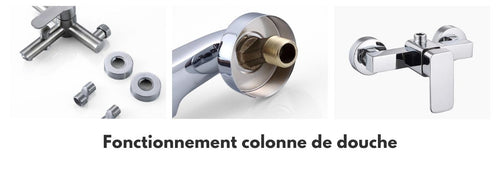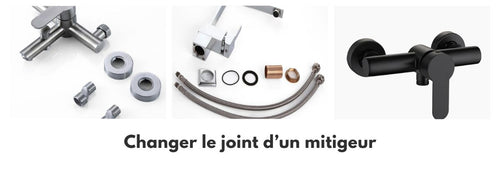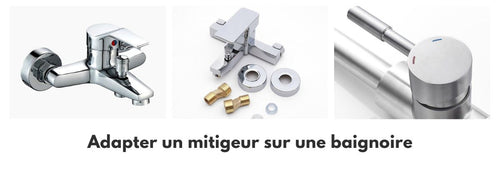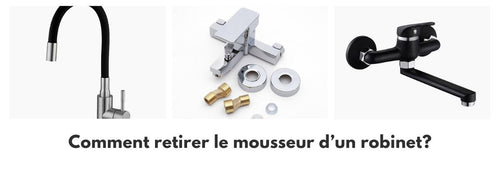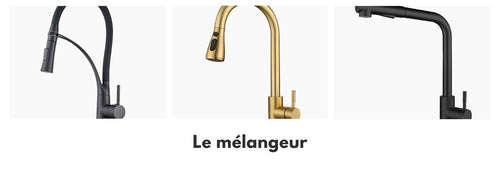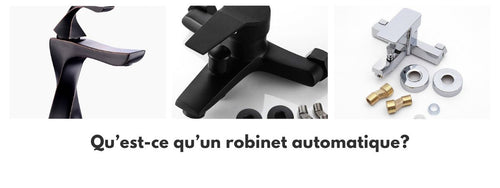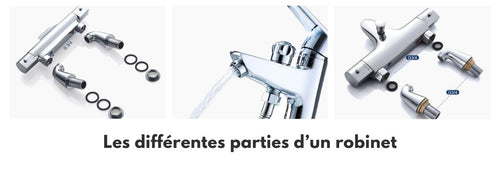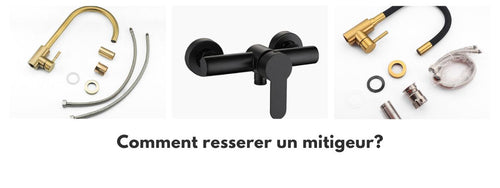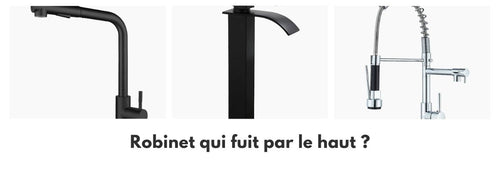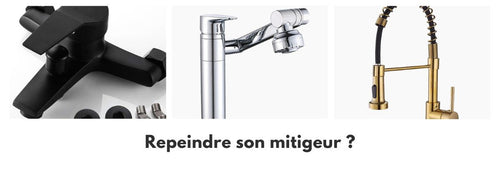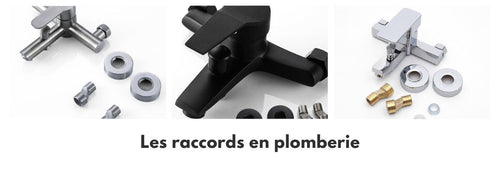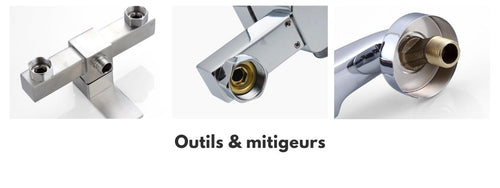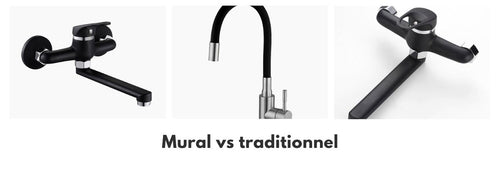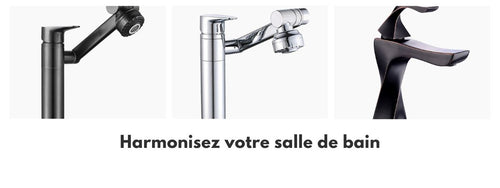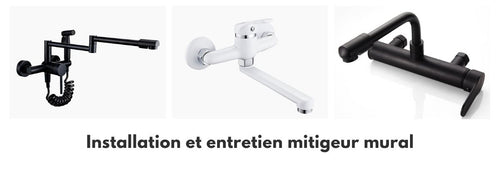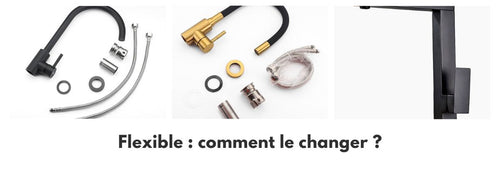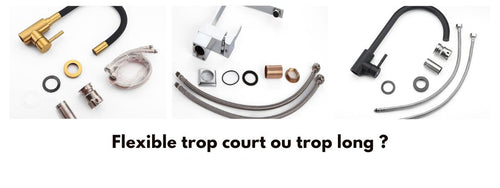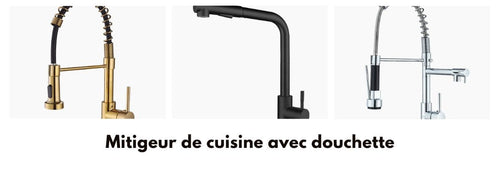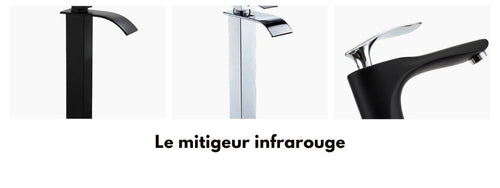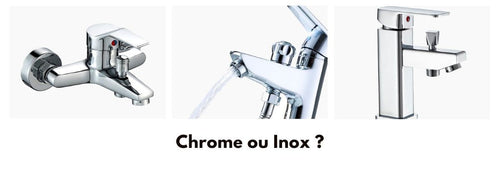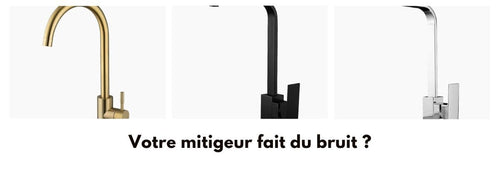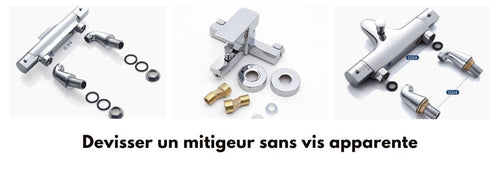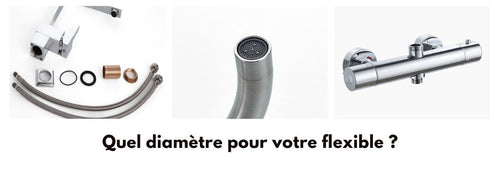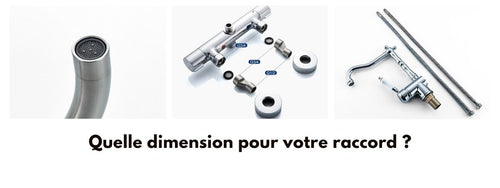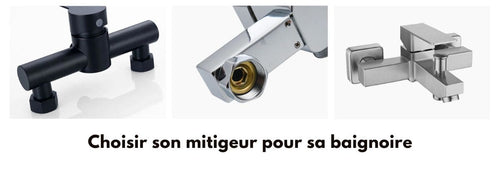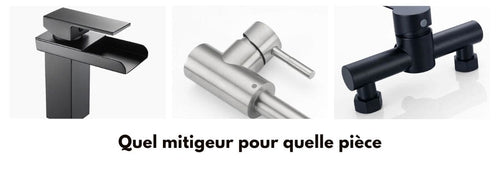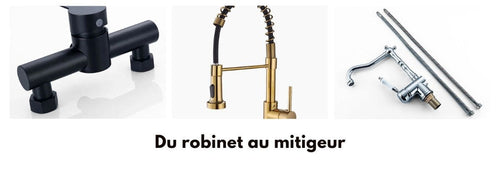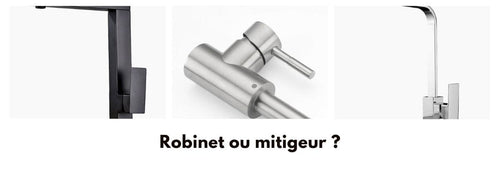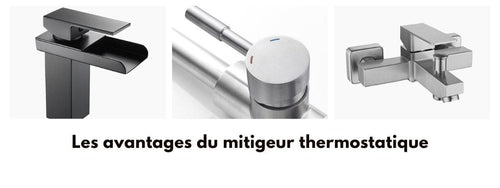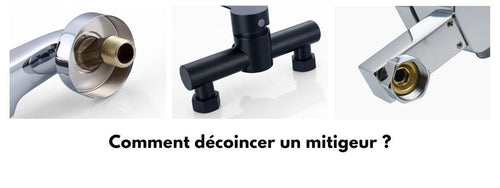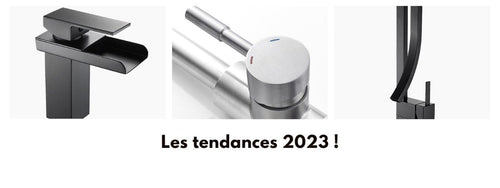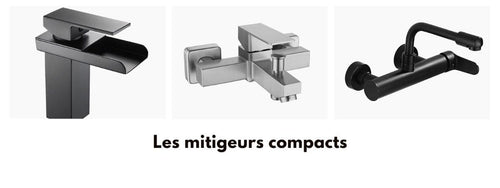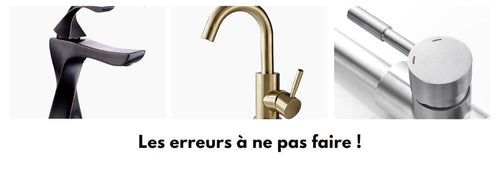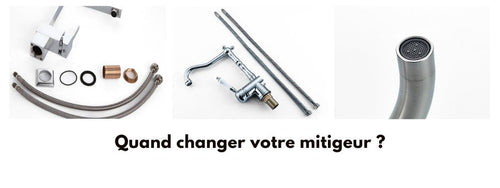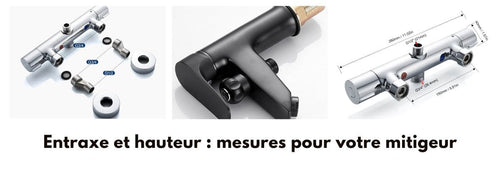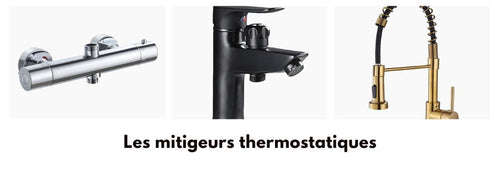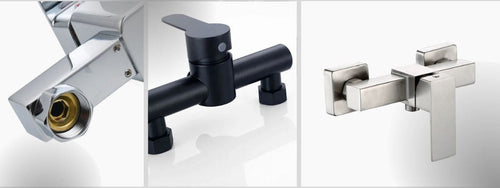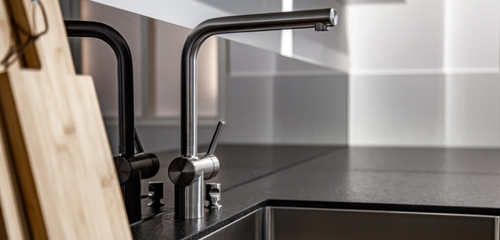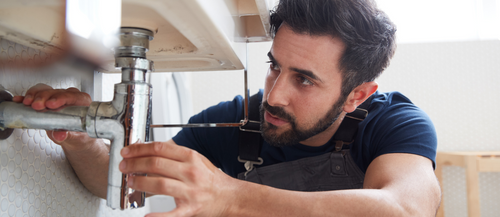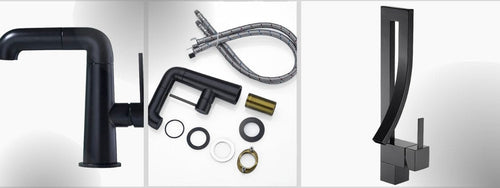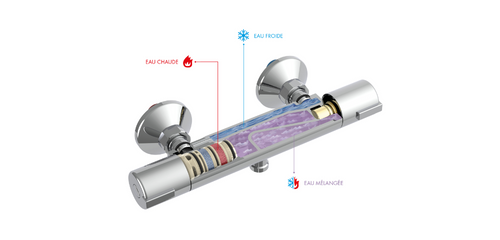Do you need to change your mixer? Do you want to know the difference between thermostatic and mechanical mixers?
This article will answer your question.
Not so long ago, we only had traditional faucets where temperature adjustment was complicated and time-consuming. But today, almost all homes are equipped with mixers, a much simpler and more practical system. However, there are several models available.
In this article, we will discover:
- The different mixers
- The differences they have
- The advantages and disadvantages of each
So let's get started!
What is a mixer?

A mixer is a type of faucet that allows you to regulate the temperature and flow of water. It is generally equipped with a handle or lever that can be turned or tilted to adjust the water temperature.
Modern mixers are often equipped with a ceramic cartridge mechanism, which allows precise control of water temperature and flow. Some mixers also have additional functions, such as water flow regulators or water filtration systems.
Mixers are commonly used in kitchen sinks, bathroom sinks, and showers, and they are available in a variety of styles and designs to fit different types of decor.
Different types of mixers
Replacing faucets with mixers has been a great change for many reasons. However, with advancing technologies, several types of mixers have emerged.
Thermostatic mixers
A thermostatic mixer is a type of faucet that automatically regulates the water temperature to maintain a constant temperature, even if the pressure or temperature of the water supply varies.
It is equipped with a sophisticated internal mechanism, which uses a thermostat probe to measure the water temperature in real time and automatically adjust the mix of hot and cold water to maintain a constant temperature.
Thermostatic mixers are often recommended for showers and bathtubs, especially in professional environments such as hotels, spas, and healthcare facilities, as they offer greater precision and increased safety.
They can prevent burns or thermal shocks caused by sudden changes in temperature, particularly when used by children or the elderly.
There are different types of thermostatic mixers, such as built-in thermostatic mixers or thermostatic mixers with temperature limiters, which allow to limit the maximum temperature of the water to prevent burns.
Thermostatic mixers are generally more expensive than mechanical mixers, but their reliability and precision make them a popular choice for many users.
Mechanical mixers
A mechanical mixer is a type of faucet that uses a handle or lever to adjust the water temperature by mixing hot and cold water. The position of the handle or lever allows to adjust the proportion of hot and cold water to obtain the desired temperature.
Mechanical mixers are more common than thermostatic mixers and are available in many different styles and models. They are also cheaper than thermostatic mixers and are often considered a more affordable option for tighter budgets.
However, the water temperature can vary depending on the pressure and temperature of the water supply, which can cause temperature fluctuations during use.
These fluctuations can be problematic if the water temperature becomes too hot or too cold, especially when used by children or the elderly. Mechanical mixers can also be more difficult to adjust with precision, making it difficult to achieve the desired water temperature.
What is the difference between a thermostatic and mechanical mixer?

The main difference between a thermostatic mixer and a mechanical mixer lies in how they regulate the water temperature.
Mechanical mixers use a handle or lever to adjust the mix of hot and cold water, while thermostatic mixers have a sophisticated internal mechanism that automatically regulates the water temperature using a thermostat probe.
Thermostatic mixers are more precise and safer than mechanical mixers, as they can prevent burns or thermal shocks caused by sudden changes in temperature, but they are also more expensive.
Advantages and disadvantages of mixers
Mixers have advantages and disadvantages, depending on their type and specific use. Here, we will present the strengths as well as the weaknesses that can be found in thermostatic and mechanical mixers.
Thermostatic Mixer
Thermostatic mixers offer several advantages, but they also have some disadvantages to consider. Here are some of the advantages and disadvantages of thermostatic mixers:
Advantages:
-
Thermostatic mixers allow to automatically regulate the water temperature, eliminating temperature fluctuations and providing increased ease of use.
- Thermostatic mixers offer increased safety by avoiding burns or thermal shocks, especially when used by children or the elderly.
- Thermostatic mixers can be equipped with temperature limiters to limit the maximum temperature of the water, providing additional safety.
- Thermostatic mixers are often designed to save water, reducing operating costs and minimizing environmental impact.
Disadvantages:
- Thermostatic mixers are generally more expensive than mechanical mixers.
- Thermostatic mixers are more complex than mechanical mixers and may require more complex installation.
- Electronic thermostatic mixers can be subject to electronic failures and may require regular maintenance to ensure proper operation.
Mechanical Mixer
Mechanical mixers offer advantages and disadvantages, depending on their type and specific use. Here are some of the advantages and disadvantages of mechanical mixers:
Advantages :
- Mechanical mixers are generally cheaper than thermostatic mixers.
- Mechanical mixers are often easier to install and maintain than thermostatic mixers.
- Mechanical mixers can be more durable than electronic or thermostatic mixers, as they do not contain electronic parts that can fail.
Disadvantages :
- Mechanical mixers can be subject to temperature fluctuations, especially if the pressure or temperature of the water supply varies.
- Mechanical mixers can be less precise than thermostatic mixers in terms of temperature and flow adjustment.
- Mechanical mixers are not as safe as thermostatic mixers, as they do not automatically regulate the water temperature.
Which is the best mixer?

There is no single answer to this question, as the best mixer will depend on your specific needs in terms of functionality, style, and budget. Mixers are available in a variety of styles, sizes, and materials, and they offer different levels of functionality and performance.
If you are looking for a mixer that automatically regulates the water temperature, you may consider a thermostatic mixer, which offers great precision and increased safety. However, thermostatic mixers may be more expensive than mechanical mixers.
If you are looking for a simple and affordable mixer, you can opt for a mechanical mixer. Mechanical mixers are often cheaper and easier to install and maintain than thermostatic mixers, but they may not offer the same precision and safety.
Ultimately, the choice of the best mixer will depend on your personal preferences and specific needs. It is important to research and compare different mixer models to find the one that best suits your needs.
Choose your mixer!
We have come to the end of this article on the difference between a thermostatic and mechanical mixer. You now know the different types of mixers, their advantages, and their disadvantages.
You are now aware of the operation of mixers, it is high time for you to choose the type that best suits your needs and to install it in your piping. You can discover all our mixers to equip all the rooms of your house.



